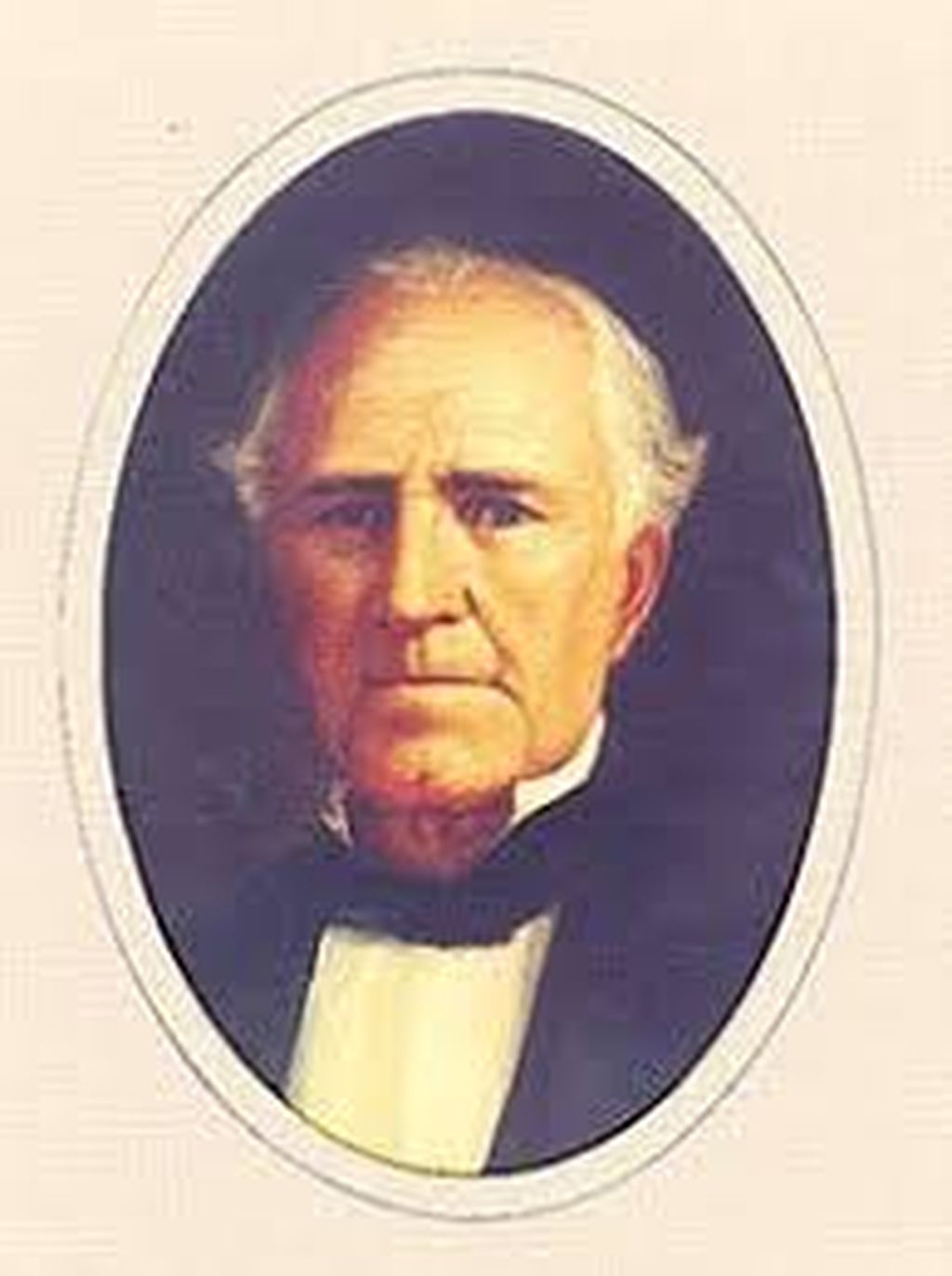1. Stephen F. Austin: The Father of Texas
Stephen F. Austin, often referred to as the “Father of Texas,” was a visionary leader who dedicated his life to building a community and advocating for Texan rights. His contributions to Texas’s early settlement laid the foundation for the state as we know it today.
The Founding of Austin’s Colony
In 1821, Stephen F. Austin received a land grant from the Spanish government to bring 300 families to settle in Texas. Known as the “Old Three Hundred,” these settlers formed the basis of Texas’s first organized colony. Austin’s effective leadership and diplomatic skills helped to create a peaceful, prosperous settlement that grew rapidly. This colony became a crucial foothold, attracting others to settle in Texas and helping shape its early economy and society.
Imprisonment in Mexico City
In 1833, Austin traveled to Mexico City to negotiate for Texas’s autonomy within the Mexican government. However, his request was denied, and he was imprisoned for over a year. The experience changed him profoundly; upon his release, Austin became a passionate supporter of Texas’s independence, seeing it as the only path forward for his people. Austin’s shift from negotiation to support for revolution marked a crucial turn for the independence movement.
2. Sam Houston: The Commander and Leader
Sam Houston is among Texas’s most revered figures, known for his military leadership and his role in securing Texas’s independence. His leadership during the Texas Revolution and as the first President of the Republic of Texas shaped Texas’s future.
Victory at the Battle of San Jacinto
One of the most decisive moments in Houston’s life—and in Texas’s history—was the Battle of San Jacinto on April 21, 1836. Facing a well-equipped Mexican army led by General Santa Anna, Houston devised a surprise attack that resulted in a swift and overwhelming victory. The Texans captured Santa Anna, who then signed the Treaty of Velasco, effectively granting Texas its independence. This strategic success not only ended the war but also cemented Houston’s place as a national hero.
Becoming President of the Republic of Texas
After Texas gained independence, Houston was elected as the first President of the Republic of Texas in 1836. His leadership set the direction for the fledgling republic. Houston advocated for diplomacy and economic stability, and he worked to ensure Texas’s future as part of the United States. His vision laid the groundwork for Texas’s annexation in 1845, securing Texas’s place as a vital part of American history.
3. William B. Travis: The Alamo Hero
William B. Travis is best remembered for his heroic stand at the Battle of the Alamo. His courage and determination inspired many Texans to join the fight for independence, making him a symbol of resilience.
The Siege of the Alamo
In early 1836, Travis took command of a small group of Texan defenders at the Alamo. Facing a siege by Santa Anna’s much larger force, Travis famously issued a call for reinforcements, pledging to defend the Alamo “to the last man.” Despite their valiant efforts, the Alamo ultimately fell on March 6, 1836. Travis’s bravery inspired the rallying cry “Remember the Alamo,” which galvanized Texan forces in later battles and became a symbol of unwavering courage.
The “Victory or Death” Letter
During the Alamo siege, Travis wrote an impassioned letter, now known as the “Victory or Death” letter, calling for support. His words resonated across Texas and inspired many to join the fight for independence. This letter became one of the most famous documents in Texas history, symbolizing Travis’s resolve and the unbreakable spirit of the Texan fighters. It is still celebrated as a testament to the resilience and determination of those who fought for Texas’s freedom.
4. James Fannin: A Sacrifice at Goliad
James Fannin played a crucial role during the Texas Revolution, particularly in his defense of the town of Goliad. His tragic end remains one of the darkest yet most motivating chapters in Texas’s fight for freedom.
The Goliad Massacre
Fannin and his troops were captured at Goliad on March 20, 1836, after a series of failed attempts to retreat and reinforce other Texan forces. Despite their surrender, Santa Anna ordered the execution of Fannin and nearly 350 of his men on March 27, an event that came to be known as the Goliad Massacre. News of the massacre fueled Texan anger and resolve, with “Remember Goliad” joining “Remember the Alamo” as a rallying cry that spurred Texans to victory at San Jacinto.
5. Lorenzo de Zavala: The Visionary Leader
Lorenzo de Zavala was a Mexican statesman who became a fervent supporter of Texas’s independence. His contributions as a politician and diplomat were vital in establishing the Republic of Texas.
Drafting the Texas Declaration of Independence
Zavala was one of the key figures responsible for drafting the Texas Declaration of Independence in March 1836. His legal knowledge and understanding of governmental structure helped establish the basis for Texas’s government. Zavala’s commitment to democratic ideals earned him the role of Texas’s first Vice President, and his efforts helped shape the nation’s founding principles.
Signing the Texas Constitution
After Texas declared independence, Zavala was instrumental in drafting and signing the Texas Constitution, a document that reflected his vision of freedom and democracy. His role in framing Texas’s foundational laws solidified his place as a Texas founding father.
